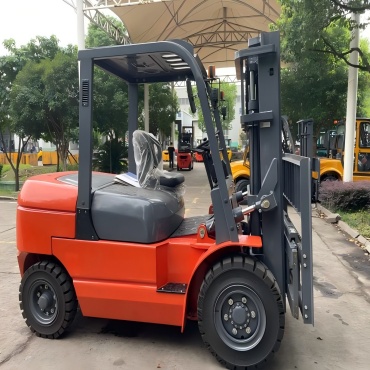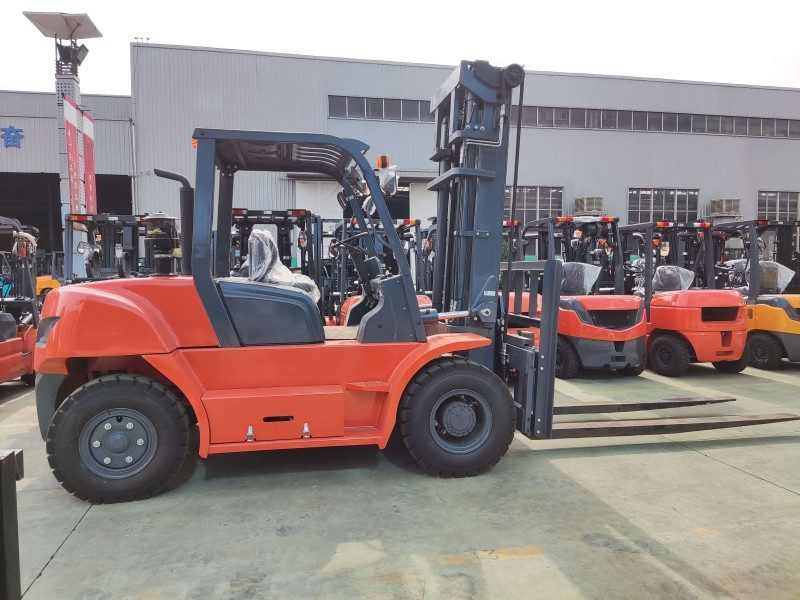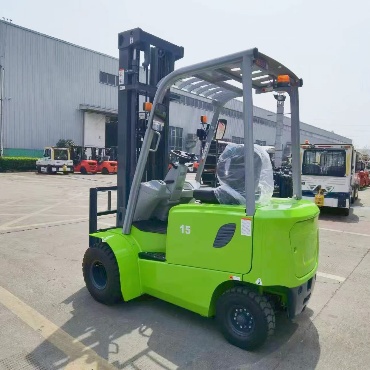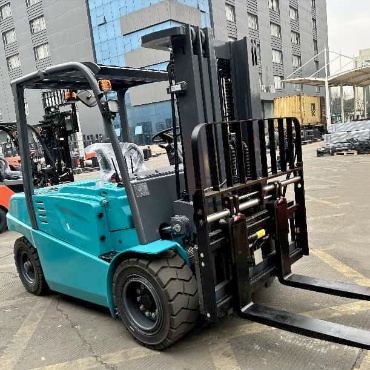- Diesel Forklift
-
- 25-30tonne Diesel Forklift 16T Forklift Truck 4.5 Ton Diesel Forklift 48 Ton Diesel Forklift 3 Ton Diesel Forklift 3.5 Ton Diesel Forklift 2.5 Ton Diesel Forklift 33 Ton Diesel Forklift 15 Ton Diesel Forklift 10 Ton Diesel Forklift 8 Ton Diesel Forklift 4 Ton Diesel Forklift 6Ton Forklift 2 Ton Diesel Forklift 1 Ton Diesel Forklift 1.8 Ton Diesel Forklift 1.5 Ton Diesel Forklift 7 ton forklift 35 ton Forklift Rough Terrain Forklift
- Electric Forklift
-
- Narrow Aisle Stand Up Counterbalance Forklift – High Efficiency Warehouse Solution 3.8ton Low Voltage Lithium Battery Forklift 12t Lithium high capacity forklift 12t large capacity electric forklift 8ton Electric Forklift 10t electric forklift truck 25ton Lithium Battery Forklift 7ton Electric Forklift 16-20t Large Capacity Lithium Battery Forklift 2 Ton Electric Forklift 1.8 Ton Electric Forklift 6 Ton Electric Forklift 1.5 Ton Electric Forklift 1.0-1.5 Ton Electric Forklift 2.5 Ton Electric Forklift 3.5 Ton Electric Forklift 4.0-4.5 Ton Electric Forklift 5 Ton Electric Forklift 3 Ton Electric Forklift 1.6-1.8Ton Three Wheel Electric Forklift 2 Ton three wheel electric forklift
- Rough Terrain Forklift
-
- 3.5t-4ton 4 wheel drive forklift 7 Ton All Rough Terrain Forklift 2-2.5T Rough Terrain Forklift Truck 4 ton off road forklift truck 3t 4 wheel drive forklift for sale 3.5t Two Wheel Drive Rough terrain forklift 3T Diesel Rough Terrain 2WD Forklift FLIFT 3.5ton all rough terrain forklift for sale 2WD 3t off Road Rough Terrain Forklift
- Electric Reach Truck & Pallet Truck / Pallet Stacker
-
- 5ton end rider electric pallet truck with customized 1.8m fork length 10ton-15ton heavy duty electric pallet truck 2.5ton all terrain electric pallet jack 1.5ton-2ton all terrain electric pallet truck with crane jib Counterbalanced Pallet Stacker 1600 lb to 2000 lb Capacity for Indoor Warehouses Heavy Duty 2T-2.5T Electric Stacker Forklift | High-Performance Stacker Lift High-Capacity 2.5t electric reach truck 1.0t -1.5t Electric Walkie Straddle Stacker 2ton Fully Electric Pallet Stacker 3 stage mast 2ton electric rough terrain pallet stacker 1.5ton off road Rough Terrain Stacker 1.8ton walkie Electric Pallet Truck Jack 1.5Ton Electric Pallet Stacker | Durable Walkie Stacker for Easy Material Handling 1200kg walking type electric pallet stacker 2ton roll and reel electric pallet truck Walkie Counterbalanced Stacker 1500–2000kg Capacity Compact Design 1ton outdoor rough terrain counterbalanced pallet stacker 3300lbs Electric off-road pallet stacker 2t Rough Terrain Pallet Truck Powered Pallet Truck with PU Wheels-2000kg Electric Pallet Jack 2t Elecric Hand Truck 1.5 Ton Electric Walkie Pallet Truck – Compact Power for Efficient Material Handling 2 Ton Reach Forklift 1.5 Ton Reach Forklift 2Ton -3Ton Electric Pallet Truck Semi-electric Pallet Stacker 1ton-1.6ton 3 Way Pallet Stacker Multi-Directional Sideloader Forklift 4 direction reach truck
- Customization Forklift
-
- 900kg CDD09B Electric Walking Type Counterweight Stacker Professional Walking Type Electric Stacker with Special Attachment 1ton Electric Outdoor Rough Terrain Telescopic Spreader Stacker 4t QDD40 Seated type Electric Tractor QDD60 Seated Type Fully Electric Tractor 3t QDD30C Electric Tractor with Turning Radius 1545mm 2t CQD20A Electric Simple Type Reach Forklift Truck 1.5t CQD15A Simple Type Electric Reach forklift Truck 5t Convertible Seated Electric Flat Truck 3t CBD30Z Electric Vehicle Transfer Truck 1.5t CDD15Y Electric Pallet Stacker (Rough Terrain) 1t CXD10-45 Electric High Lift-Order Picker 2t CQD20S-60 Four-way Walking Type Reach Forklift Truck CDD10A/15A Walking Type Fully Electric Pallet Stacker 3t QDD30A Standing Type Electric Tractor 1t CSD10 Man Mount Three-way Stacker 1.5t AGV type CDD15J-16 Electric Pallet Stacker CBD80 8t Electric Pallet Stacker 6t CBD60 Electric Pallet Stacker CBD120 1.2t Electric Pallet Stacker 2t CDD20D-30 Walking type Electric Pallet Staccker CDD08B-25 Counterweight Electric Pallet Stacker
- Forklift Attachements
-
- Waste Paper Fixture Fixed Short Arm non-sideshifting non-sideshifting Fixed Short Arm non-sideshifting Non-sideshifting Hinged Forks Caton Clamp Rotator non-Sideshifting Tire Clamps Pusher Turning Fork Clamps non-sideshifting Log Holder Sideshifting Broke Paper Clamps Sideshifting Sideshifting Single Load Stabilizer Fork Positioners Single Double Pallet Handler
Brief Analysis of The Formation of Cavitation in Construction Machinery Cylinders
Date: 2023-07-04 View:
When we repair the hydraulic cylinder of construction machinery,
we can often see that there are some honeycomb-shaped holes
on the inner wall of the hydraulic cylinder,
piston or piston rod surface.This is all due to cavitation.
The hazard of cavitation in hydraulic cylinders is considerable.
This is all due to cavitation.
The hazard of cavitation in hydraulic cylinders is considerable.

1:The main cause of cavitation
►Substantive analysis of cavitation
Cavitation is mainly caused by the dry hydraulic cylinder
mixing a certain amount of air into the oil between the piston
and the guide sleeve during the working process.
As the pressure gradually increases,
the gas in the oil will become bubbles,
and when the pressure rises to a certain limit value,
these bubbles will burst under the action of high pressure,
so that the high temperature and high pressure gas quickly act on the surface of the part,
resulting in cavitation in the hydraulic cylinder, resulting in corrosive damage to the part.
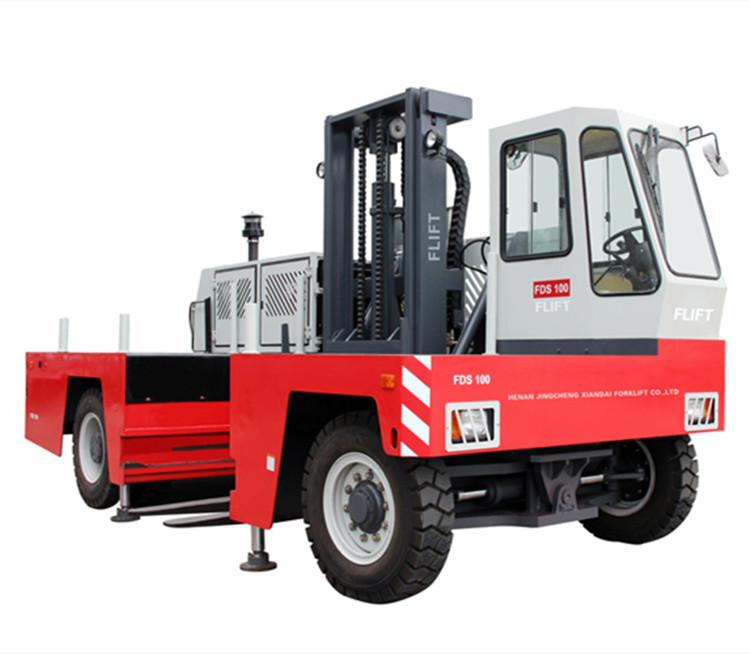
►Unqualified hydraulic oil quality leads to cavitation
Ensuring the quality of hydraulic oil is an important factor in preventing cavitation.
If the oil has poor foam resistance, it is easy to foam, which leads to cavitation.
Secondly, the frequency of change of oil pressure is too fast and too high,
which will directly cause the formation of bubbles and accelerate the rupture of bubbles.
Tests have shown that cavitation occurs faster in areas with high pressure change frequency.
Such as hydraulic cylinder in, oil return port, etc.,
due to the frequency phase of pressure change.For higher,
the degree of cavitation is also relatively high and dry other parts.
In addition, overheating of the oil can also increase the chance of cavitation.
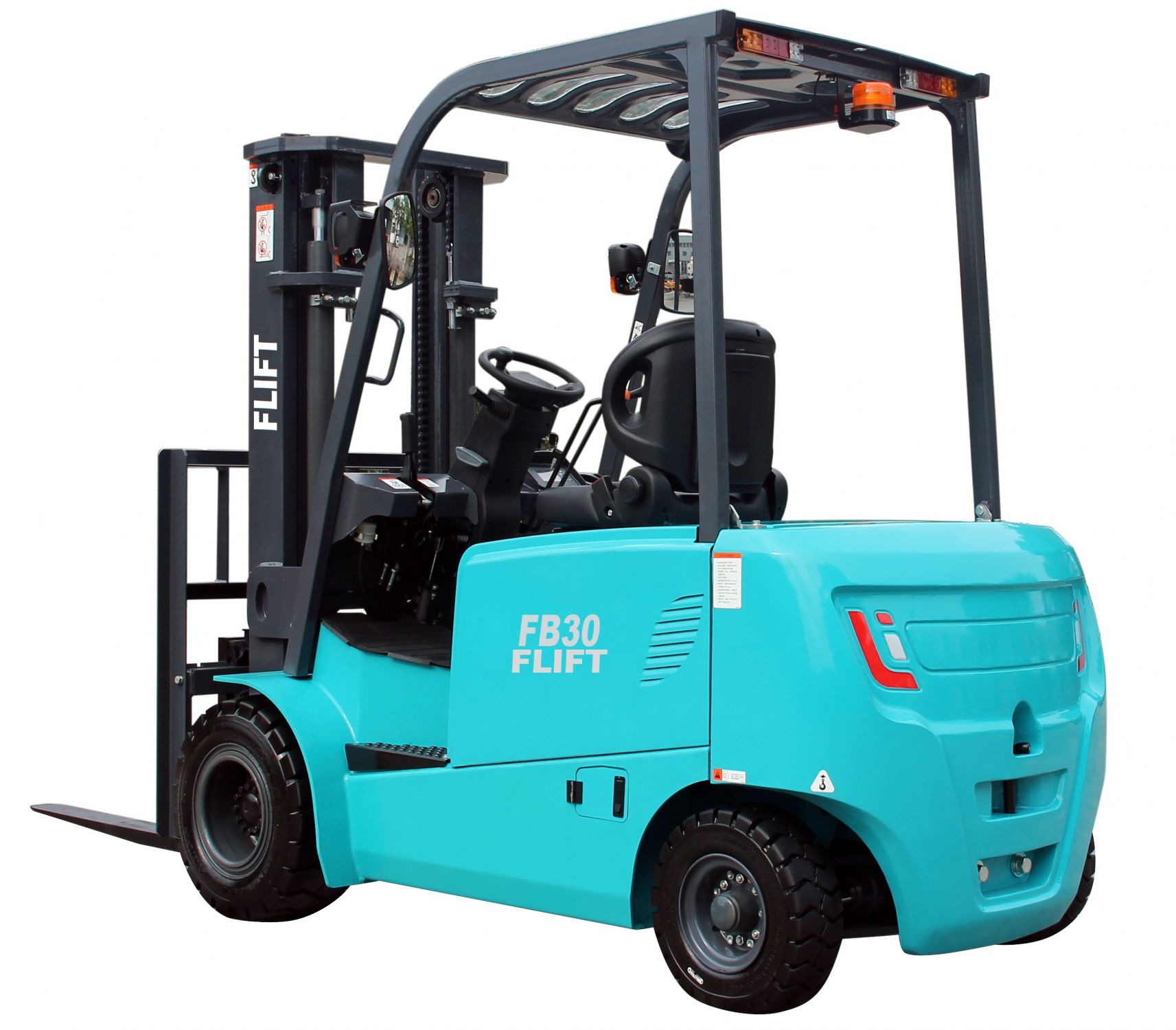
►Cavitation caused by improper manufacturing and maintenance
Due to the failure to fully vent the hydraulic system during assembly or maintenance,
there is gas in the system, and cavitation can occur
under the action of high temperature and high pressure.
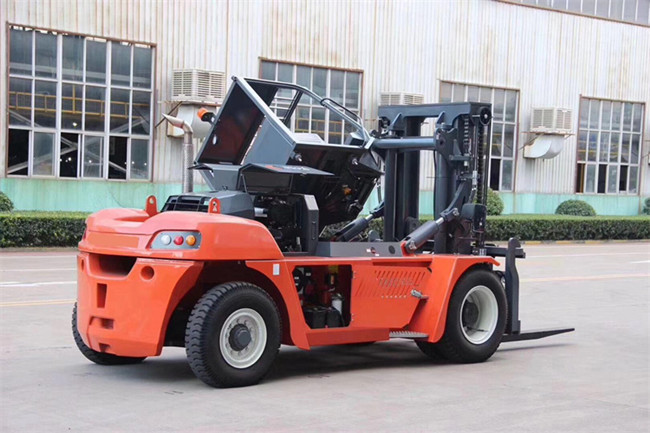
2:Cavitation caused by improper manufacturing and maintenance
Although cavitation has many causes,
cavitation can be avoided as long as necessary measures are taken to actively prevent it.
Let's talk about the precautions that should be taken for the causes of cavitation.
►Strictly control the selection of hydraulic oil
Hydraulic oil is selected in strict accordance with the oil standard.
The selection of good quality hydraulic oil can effectively
prevent bubbles in the hydraulic system during the working process.
When selecting oil, it should be selected according to
the minimum temperature in different regions,
and the hydraulic oil should be filled according to the dipstick standard,
and the hydraulic system should be kept clean
(When filling hydraulic oil, moisture and other impurities should be prevented from being brought in),
and often check the oil quality, oil level and oil color of the hydraulic oil.
If you find that blisters, foam or the oil turns milky white,
you should carefully find the source of the air in the oil and eliminate it in time.
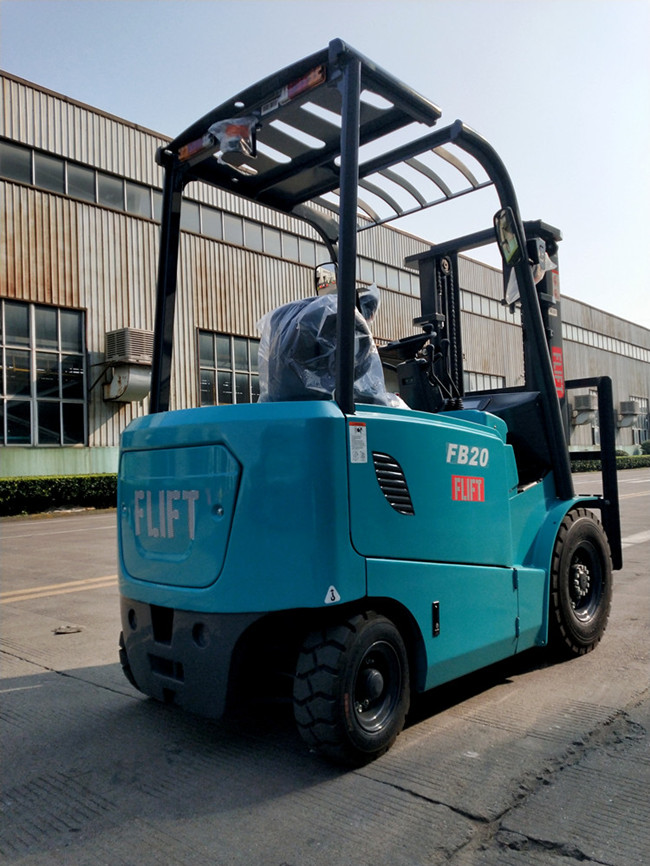
►Prevents excessive oil temperature and reduces hydraulic shock
Reasonable design of the heat dissipation system and prevention of excessive oil temperature
are the keys to maintaining the normal temperature of hydraulic oil.
If an exception occurs, the cause should be found and eliminated in time.
When operating the hydraulic lever and distribution valve,
it is necessary to strive for stability, not too fast, too strong,
and should not frequently increase the engine throttle,
as far as possible to reduce the impact of hydraulic oil on hydraulic components.
At the same time, the cooling system should be maintained in time
to keep the temperature of the cooling system within a suitable range
to reduce the energy released when the bubbles burst.
While not affecting the normal circulation of coolant,
a certain amount of anti-corrosion additives can be appropriately added to inhibit rust.
(1).png)
►Maintain the normal clearance of the mating surfaces of each hydraulic component
When manufacturing or repairing the main parts of hydraulic cylinders
(such as cylinder blocks, piston rods, etc.),
It should be assembled according to the lower tolerance limit of the assembly size,
which has been proved to be a good way to reduce the occurrence of cavitation.
If the hydraulic components have cavitation,
only the graphic sandpaper polishing technology
can be used to remove the cavitated pockmarks and surface area carbon,
and the general fine sandpaper should not be used for sanding.

►Pay attention to exhaust when repairing
After the maintenance of the hydraulic cylinder,
the hydraulic system should be made to run smoothly for a certain period of time
so that the hydraulic oil in the hydraulic system can be fully circulated;
If necessary, the inlet pipe (or return pipe) of the hydraulic cylinder
can be disassembled to overflow the hydraulic oil
to achieve the effect of exhausting a single hydraulic cylinder.
.jpg)
.png)

